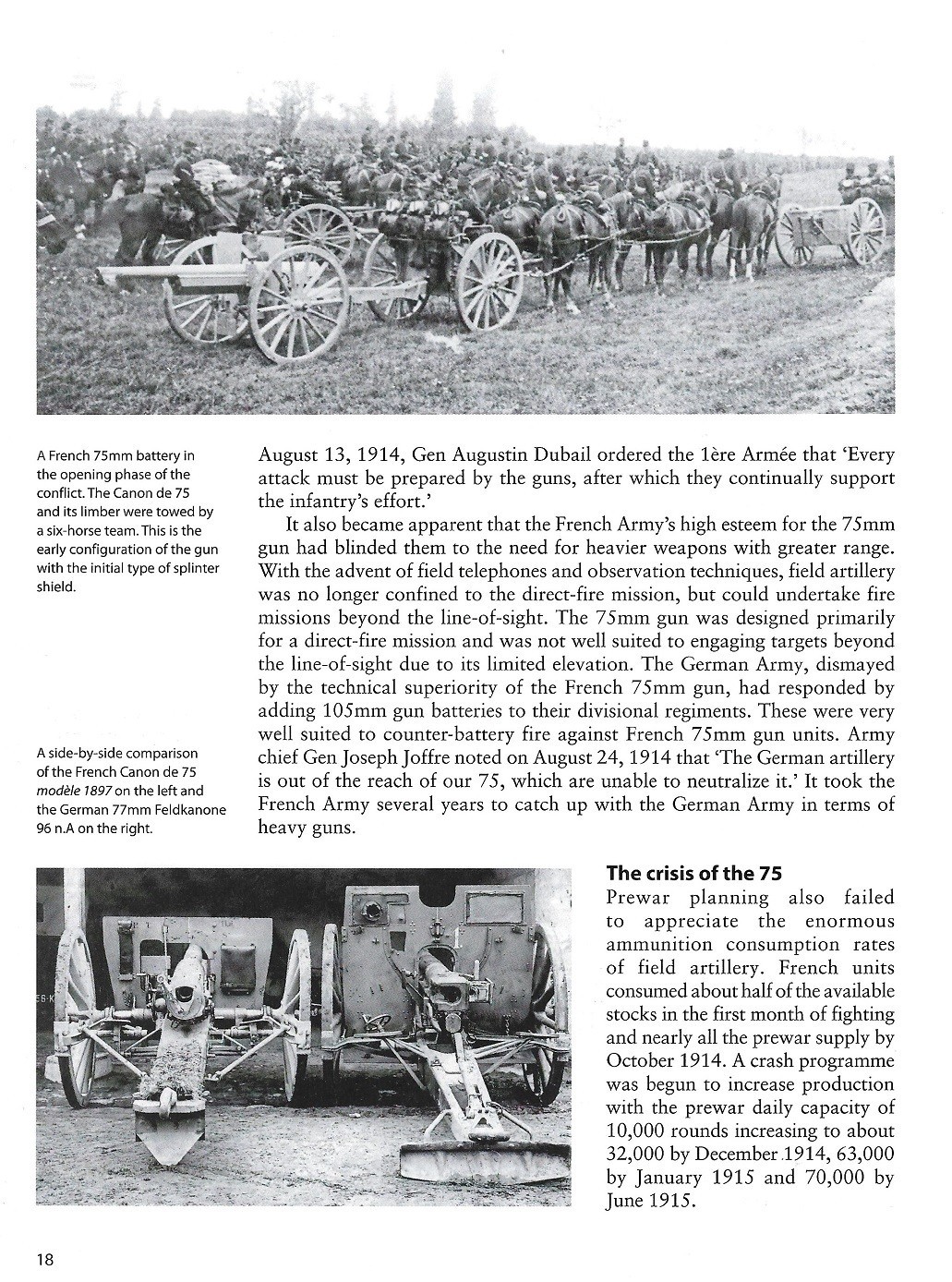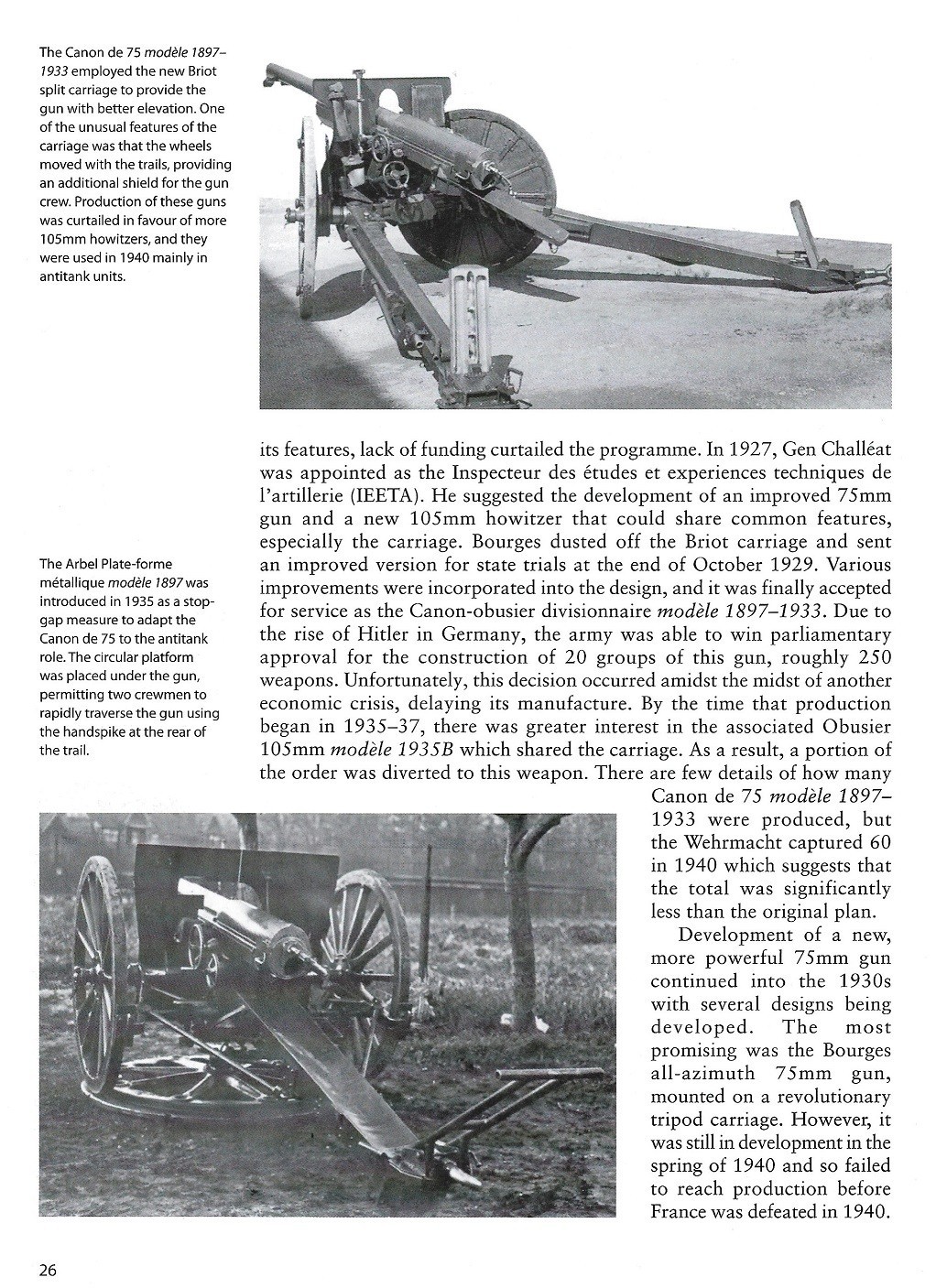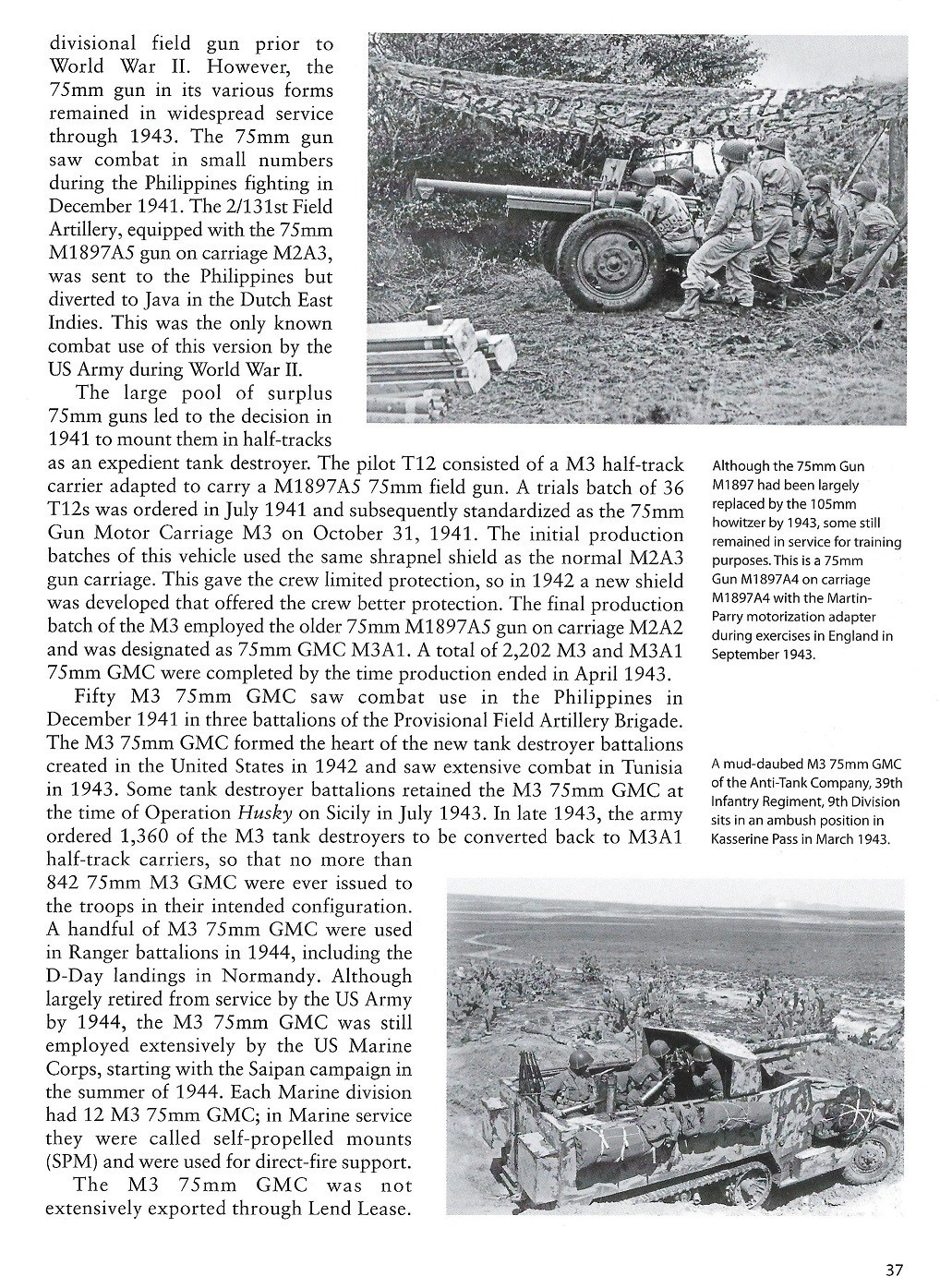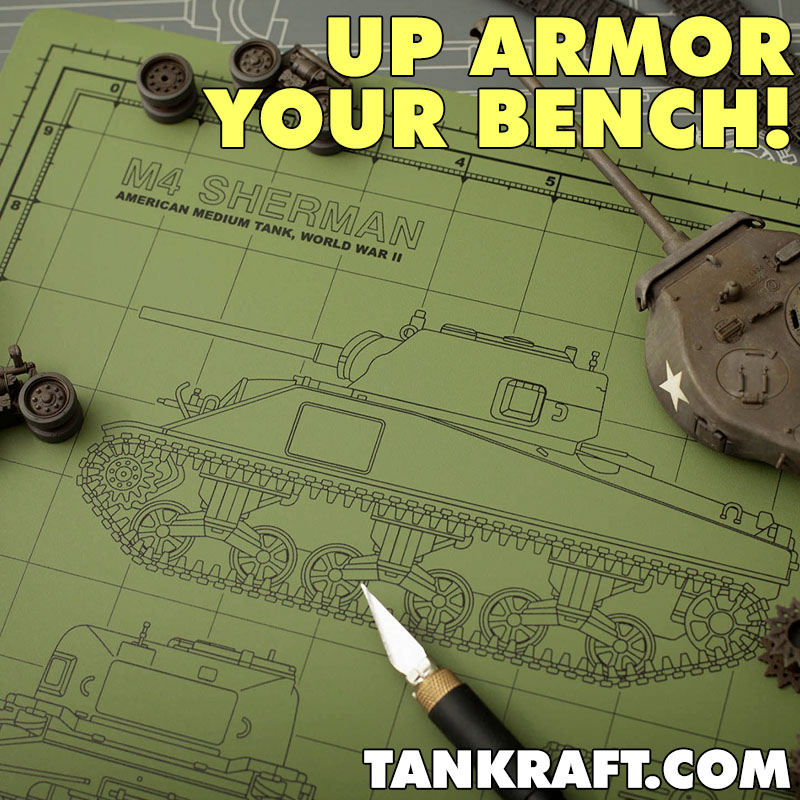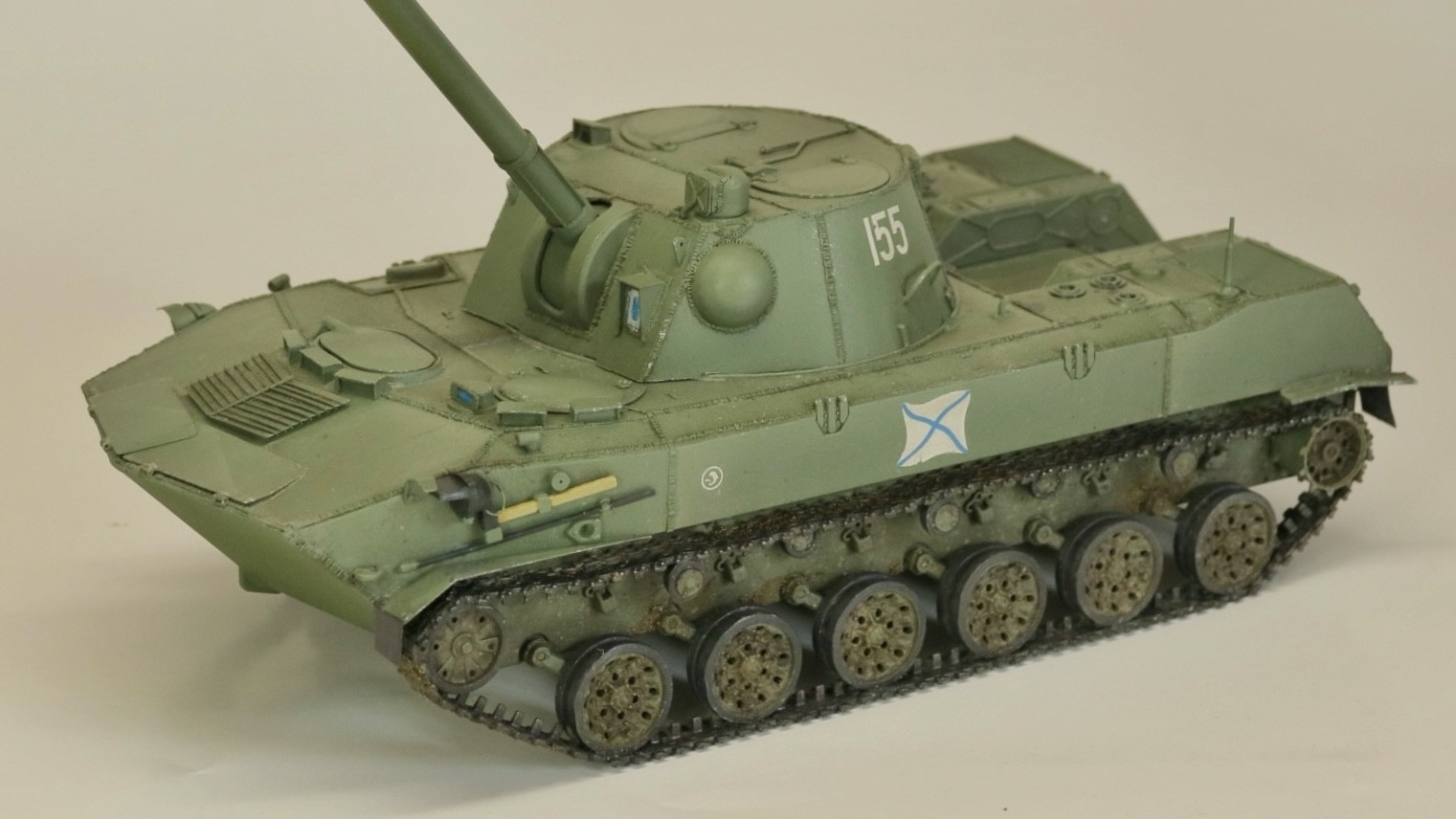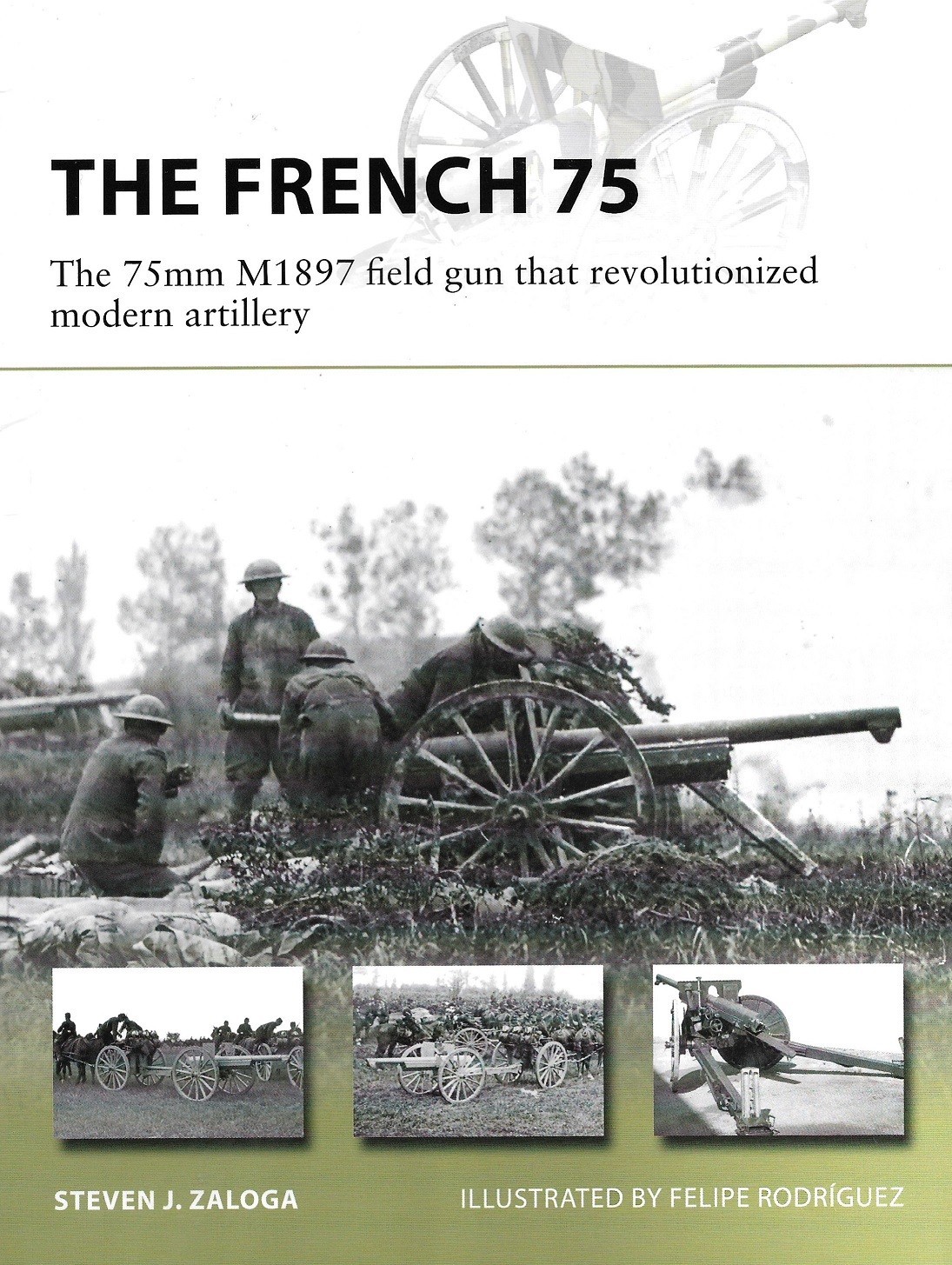
HISTORY:
** France’s legendary 75mm M1897 was the first modern field gun to pioneer several critical innovations in field artillery design, including a fast-acting breech and a soft-recoil system, integrating them into a superior, lightweight, rapid-firing field gun.
The 75mm M1897 earned its reputation in the Great War, forming the backbone of French field artillery. It was widely distributed to Allied armies, including the American Expeditionary Forces, and was later exported worldwide. Due to its modernity and sound design, the 75mm remained in service well into World War II. The US license-built 75mm also saw widespread service, ending its career in the M3 GMC tank destroyer. The M1897 was used by French, Polish and other armies in the Blitzkrieg campaigns of 1939-40 and thousands were captured by the German Army in 1940. Surprisingly, many were also converted into a very effective anti-tank gun: the PaK 97/38.
This fascinating book explores the history of the ‘Soixante-quinze’, from its design and development to its combat use around the world. **
** Quoted from the back cover of the book.
THE BOOK:
Osprey Publications has released The French 75 - The 75mm M1897 Field Gun That Revolutionized Modern Artillery as Number 288 in their New Vanguard series. It is a soft cover book with 48 pages. Included with the text are black and white and color photographs, color illustrations, detailed captions and more. It has a 2020 copyright, a publication date of October 29, 2020 and the ISBN is 978-1-4728-3930-5.
THE CONTENTS:
- Introduction
- Development
- A 75mm gun for the horse artillery
- Improvements to the 75mm gun
- Prewar 75mm fortress guns
- 75mm antiaircraft guns
- Combat Use of the Canon De 75mm M1897
- The crisis of the 75
- Improving the Canon de 75
- Motorizing the 75mm gun
- The 75mm Antitank gun
- The 75mm in the final battles
- Postwar French Army 75mm development
- Mechanizing the 75mm gun
- The American 75mm Gun M1897
- Postwar US Army 75mm guns
- Use of the 75mm Gun in World War II
- Britain
- Finland
- France (post-1940)
- Poland
- Germany
- Italy
- Further Reading
- Index
THE TEXT:
Author Steven J. Zaloga discusses the use of the French 75 from its development through its use in both world wars and the interwar period. The text goes into great detail in all areas of the book, as outlined on the contents page, and all subjects are well discussed down to the smallest detail. Please refer to the contents listing for the areas that are covered through the book. Steven J. Zaloga does an excellent job of detailing the French 75 from its development to use by the French and the request by other countries to purchase the weapon and add it to their own arsenals. Successes of the weapon as well as shortcomings discovered and improvements that were made are covered in the text as well. An area I found interesting is how the weapons were sold, traded, captured, etc., by various countries throughout the service time of the weapon. Some had been in service with various countries which had been obtained by various means until some of them were too worn out for further use. Another item that I found to be interesting is that the weapon was in use by both the allied and axis forces at the same time during World War II in a variety of roles such as anti-tank, anti-aircraft and harbor defense in fixed positions or mounted to vehicles, etc. The text in the book is nicely written and well detailed. As I read through the text, I didn’t notice any spelling or grammatical errors. The only error I found throughout the book is a missing parenthesis on page 29 in the technical data chart. Grammar and spelling might not be an important factor to everyone however it is something that I take notice of and pass on my findings. I feel that if the text is well written then it shows that the author has taken the time to be professional with their writing. The knowledge that can be drawn from this volume is excellent. After reading through the volume, I could not think of any subject in regards to the French 75 and its history that was not covered in great detail in an easy to read, nicely flowing and understandable manner. Anyone wanting to add an excellent reference and history book on the French 75 - The 75mm M1897 Field Gun and other period artillery and associated equipment to their personal library will be pleased with this very informative and detailed book.
THE PHOTOGRAPHS:
A total of 40 black and white photographs and 5 color photographs are included in this volume. The majority of the photographs are wide angle photographs showing the artillery pieces as a whole and there are no walk-around type close-up detailed photographs. I would say that the photographs that were chosen for this book were for the most part lesser-known photographs as opposed to photographs that are featured in many other titles that deal with the same subject matter. The majority of the photographs are clear and easily viewable; however, a few have an out of focus look to them and some appear to be too dark, and others appear too light. This is typical for the discussed periods of history and consideration needs to be given to the fact that some of the photographs are over one hundred years old and the quality of the photographs is of no fault of the author and do not take anything away from the book. Author Steven J. Zaloga stuck to the title of the book and chose subject specific photographs and did not include photographs that strayed from the main subject of the book. The majority, if not all, of the photographs will prove to be a wealth of information to anyone interested in the French 75mm M1897 field gun and its variants and other period artillery pieces as well as the uniforms, weapons and warfare of the period due to the details they contain.
THE ILLUSTRATIONS:
There are 15 color illustrations with detailed captions included in the volume by illustrator Felipe Rodriguez. The illustrations are very well done, nicely detailed and are of:
Plate A
Canon De 75 Modèle 1897
- General arrangement drawing showing the standard wartime version of the canon de 75 modèle 1897 with the improved seven-piece shield adopted in 1909.
Plate B
Voiture-Caisson Modèle 1897
- The combination of the limber and caisson for the canon de 75.
Plate C
Motorizing the Canon De 75
- The original 1915 version of the Porte-canon Jeffery 4014 with the mounted gun pointing to the rear of the vehicle
- The second pattern of having the gun mounted with the barrel pointing forward over the cab.
Plate D
Canon De 75 Modèle 1897
- A two-page action illustration showing the Canon De 75 Modèle 1897 with a key describing 27 specific items of interest on the weapon with corresponding numbers pointing to the item on the illustration. Also provided is a technical data chart detailing 20 specific items such as caliber, weight, rate of fire, etc.
Plate E
Motorizing the Canon De 75
- Citroën Kégresse P17 half-track being used as a prime mover for the Canon De 75.
- Unic P 107 half-track being used as a prime mover for the Canon De 75.
Plate F
75mm Ammunition
- 8 separate illustrations showing representations of the following types of 75mm ammunition.
- Illumination projectile E
- Shrapnel projectile with heavy shot
- Shrapnel projectile with base charge
- Explosive projectile M1900 N
- Explosive projectile M1915 FN made from Bessemer steel, nitré explosive fill
- Explosive projectile AL M1917
- Smoke projectile with Oleum/Chlorosulfuric acid
- Gas projectile No 20 filled with Mustard gas
Plate G
Auto-Canon Conus, 3E Escadron, 1ER Regiment De Marche Des Spahis Marocains, Tunisia, 1943
- 75mm gun mounted on the rear of Canadian Ford CMP F30 truck. A Free French development and design.
THE CAPTIONS:
The captions are well written and explain the accompanying photographs and illustrations in great detail eliminating any doubt as to what is shown. The captions go into very specific detail as to the specific artillery piece shown as well as the country it is being used by, dates and locations, associated equipment and other such pertinent information. I was very impressed by Steven J. Zaloga’s captions as they are very helpful to the reader due to their detailed content as opposed to other captions that I have seen that are very brief and lacking in detail.
NOTES:
There is 1 note included in this volume and they are:
- Author’s Note
INFORMATIONAL CHARTS:
There are 6 informational charts included in this volume and they are of:
- Comparative technical data
- The chart compares technical aspects between the Canon de 75 modèle 1897 and the 77mm FK 96 n.A.
- Accidents to date
- The chart lists the numbers of accidents, barrel bursts and cumulative, related to the M1897 from December 1914 to December 1915.
- Standard Ammunition for the Canon de 75
- The chart lists the Type, Fill and Weight (kg) of six different 75mm artillery rounds
- Production of 75mm Model 1897 Guns in the United States
- The chart lists three different contractors and number of orders placed the completed orders in 1918 and 1919 in regards to gun carriages and gun barrels.
- US Manufacture of French 75mm Ammunition 1917-Dec 1918 (in thousands)
- The chart lists four different types of 75mm rounds and the number of each type manufactured with a total number of all combined.
- Inventory of French 75mm guns in German Army Service (FK231(f) and PaK 97/38)
- The chart lists the number of French 75mm guns the German Army had from July 1942 to March 1945.
Osprey Publishing also offers The French 75 - The 75mm M1897 Field Gun That Revolutionized Modern Artillery as:
eBook (ePub) ISBN: 978-1-4728-3931-2
and
eBook (PDF) ISBN: 978-1-4728-3928-2
Osprey Publishing’s, The French 75 - The 75mm M1897 Field Gun That Revolutionized Modern Artillery is also available as a Kindle version through Amazon.
PRICE:
UK £11.99 / US $19.00 / CAN $25.99
This book was provided to me by Osprey Publishing. Please be sure to mention that you saw the book reviewed here on the KitMaker Network when you make your purchase. Thank you.

